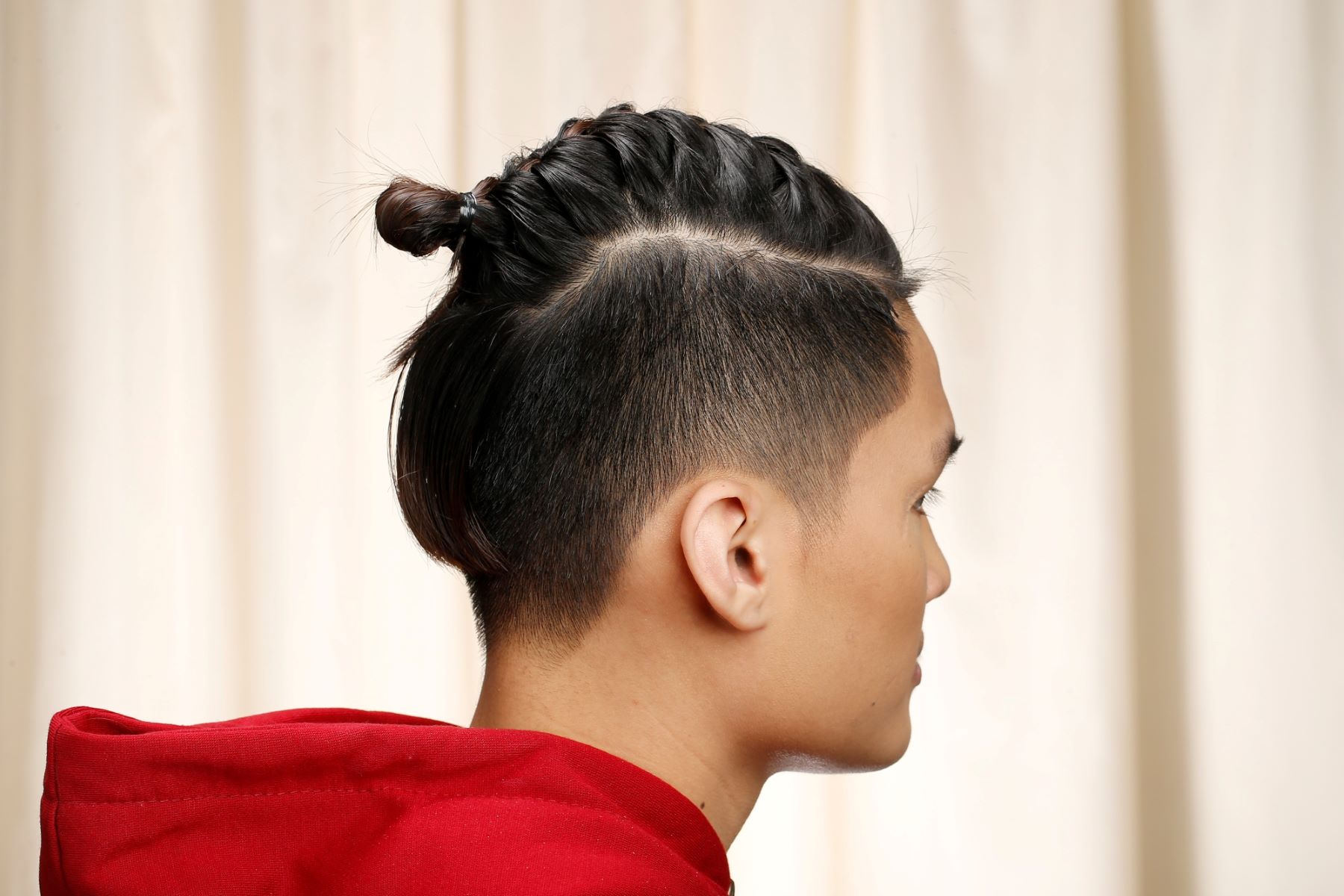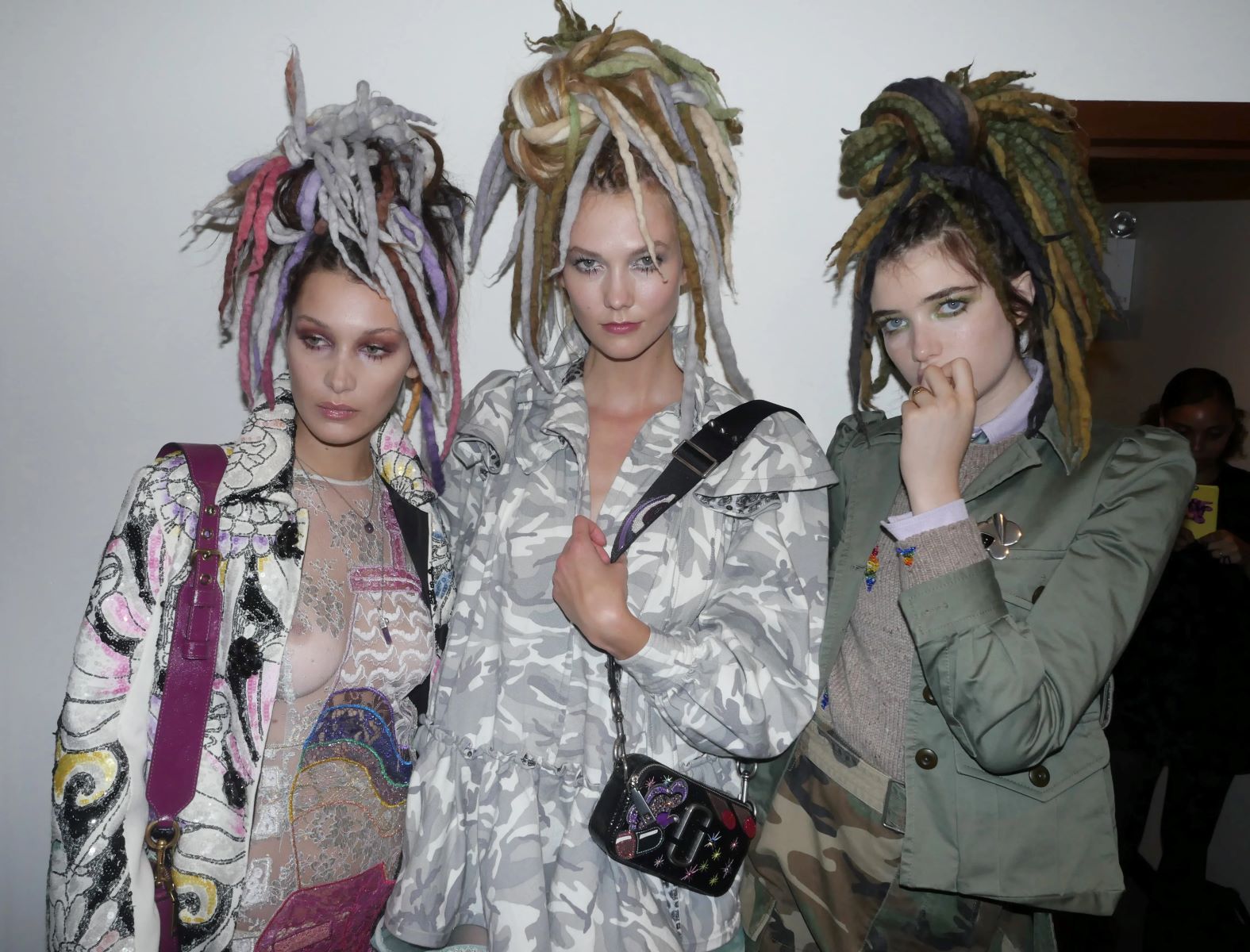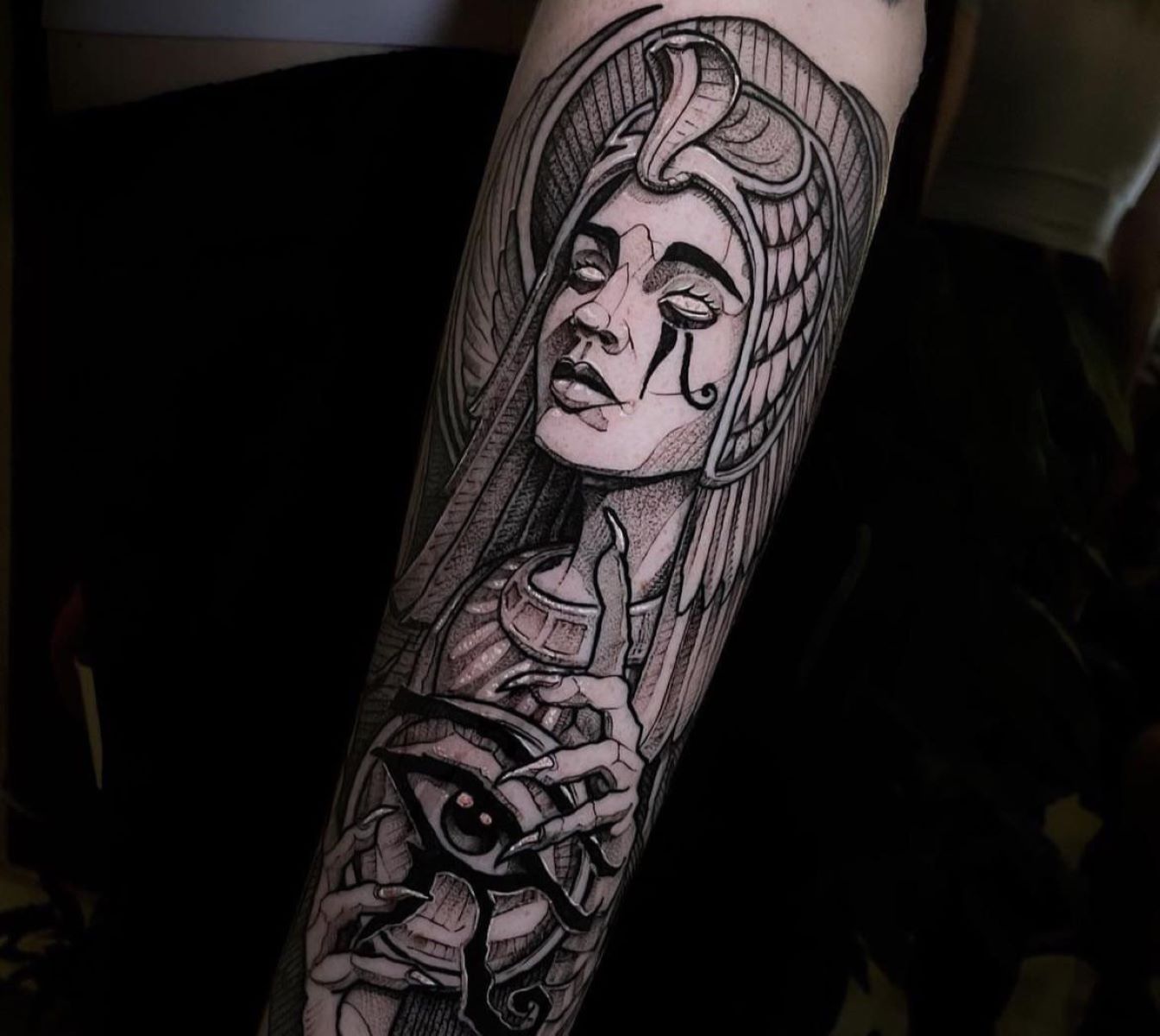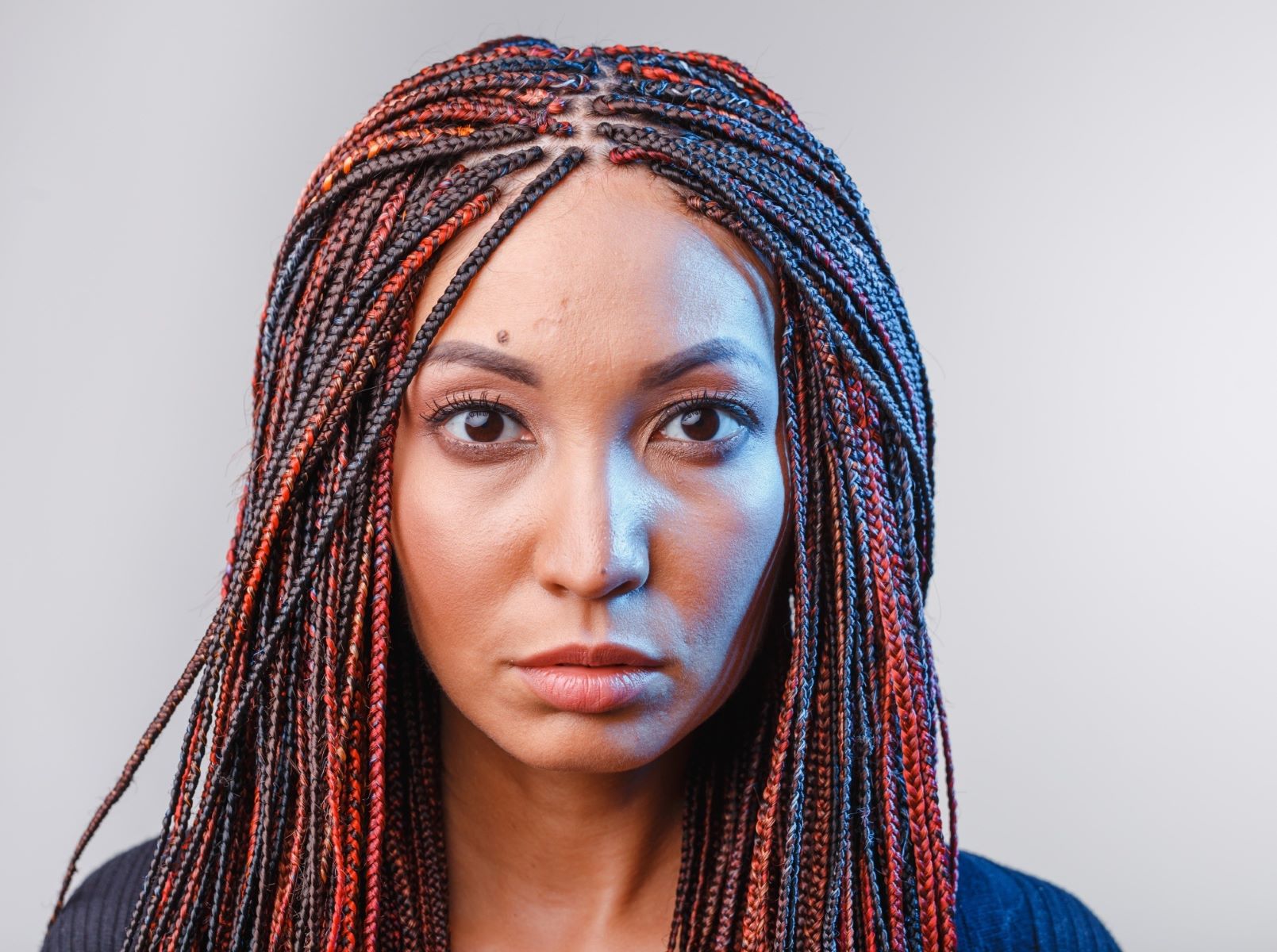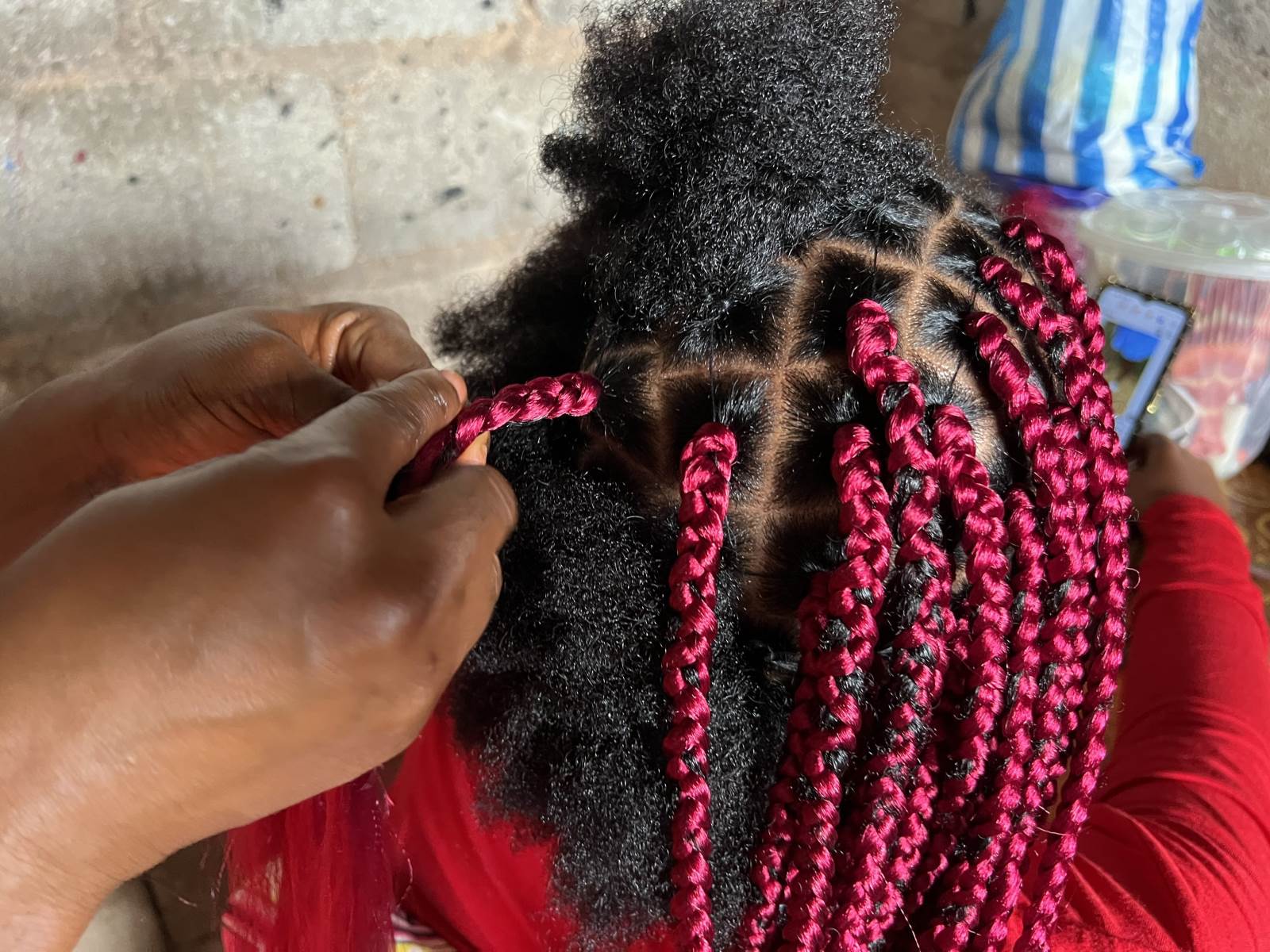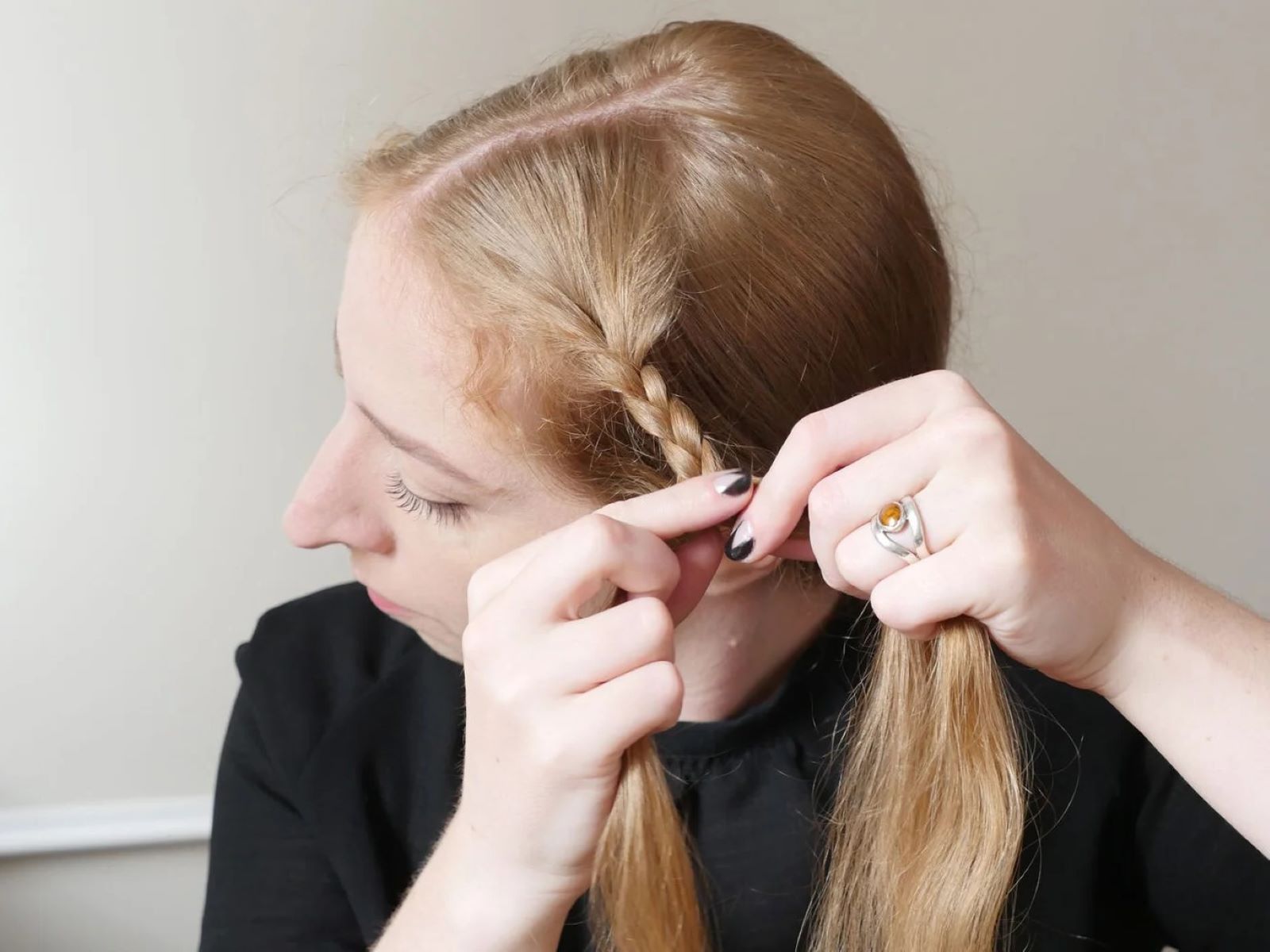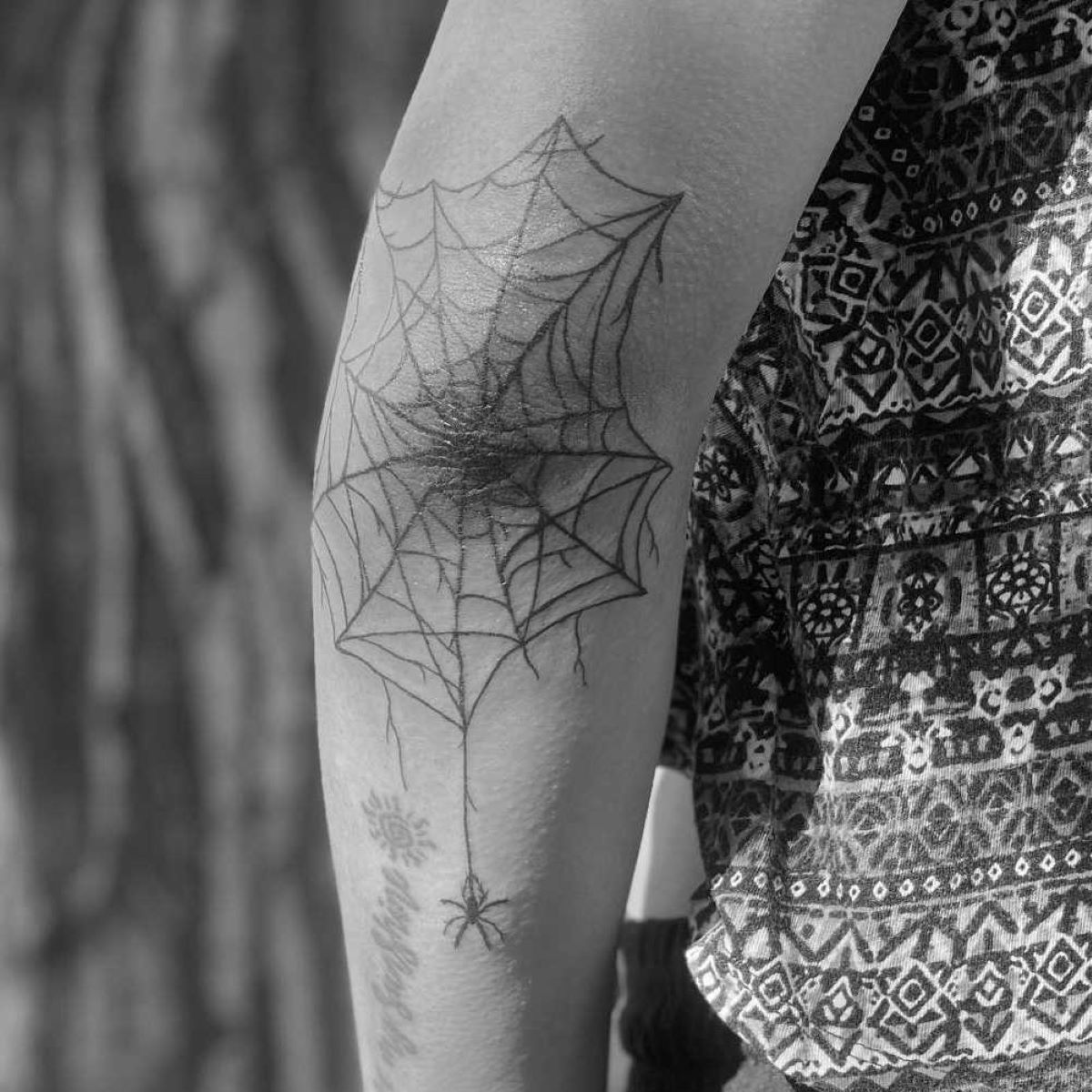Home>Arts and Culture>The Cultural Appropriation Debate: Is Wearing Fulani Braids Outside Of The Fulani Tribe Considered Appropriation?
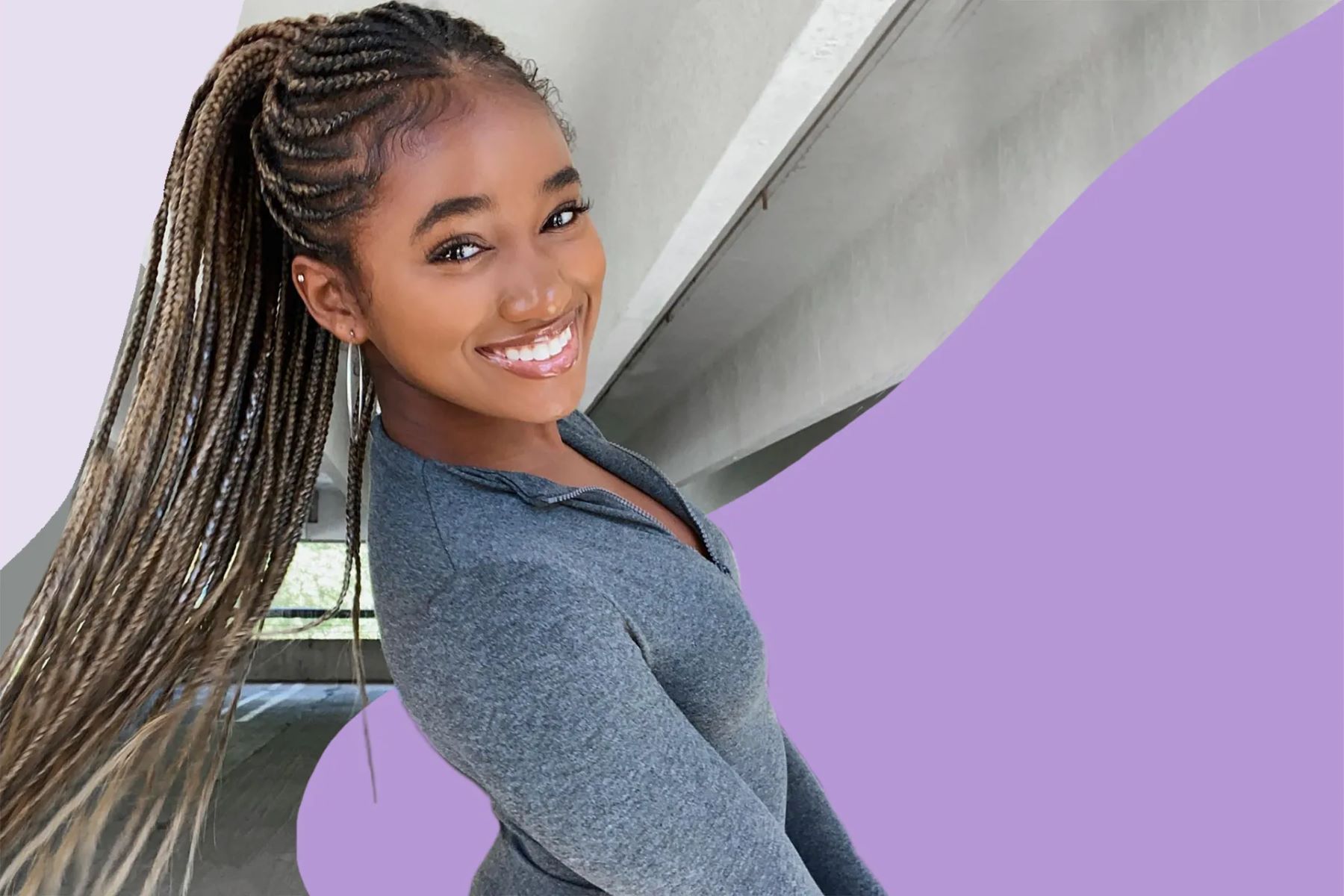

Arts and Culture
The Cultural Appropriation Debate: Is Wearing Fulani Braids Outside Of The Fulani Tribe Considered Appropriation?
Published: February 18, 2024
Explore the cultural appropriation debate surrounding the wearing of Fulani braids outside the Fulani tribe. Gain insight into this controversial topic in arts and culture.
(Many of the links in this article redirect to a specific reviewed product. Your purchase of these products through affiliate links helps to generate commission for Regretless.com, at no extra cost. Learn more)
Table of Contents
Introduction
Cultural appropriation has become a hotly debated topic in recent years, sparking discussions and controversies across various cultural practices, including fashion and hairstyling. The act of adopting elements of a culture different from one's own, often without understanding or respecting the significance behind those elements, has raised important questions about respect, representation, and the impact of such actions. One particular aspect of this debate revolves around the wearing of Fulani braids outside of the Fulani tribe.
This article delves into the complex and nuanced discourse surrounding cultural appropriation, specifically focusing on the wearing of Fulani braids. By examining the history and significance of Fulani braids, as well as the arguments for and against their adoption by individuals outside of the Fulani tribe, we aim to shed light on the multifaceted nature of this issue.
Through this exploration, we seek to foster a deeper understanding of the implications of cultural appropriation and its effects on marginalized communities. It is essential to approach this topic with sensitivity and empathy, recognizing the importance of respectful engagement with diverse cultural practices. As we navigate this discussion, we invite readers to consider the broader implications of cultural exchange and the responsibilities that come with embracing elements from cultures outside our own.
Understanding Cultural Appropriation
Cultural appropriation refers to the adoption of elements from a culture by individuals outside of that culture, often without understanding or respecting the significance of those elements. This phenomenon encompasses a wide range of practices, including fashion, music, art, and traditional customs. At its core, cultural appropriation raises critical questions about power dynamics, representation, and the impact of borrowing cultural elements without proper context or acknowledgment.
One of the key issues at the heart of cultural appropriation is the unequal power dynamics between dominant and marginalized cultures. In many cases, elements of a marginalized culture are appropriated by individuals or groups with more social, economic, or political power. This dynamic can perpetuate a sense of exploitation and erasure, as the original cultural significance and contributions are often overlooked or commodified without benefiting the originating community.
Moreover, cultural appropriation often involves a lack of understanding or respect for the historical and cultural significance of the borrowed elements. This can lead to misrepresentation and distortion, further perpetuating stereotypes and misconceptions about the culture in question. When cultural practices or symbols are divorced from their original context and meaning, they can lose their significance and become reduced to mere fashion trends or superficial aesthetics.
It is important to recognize that cultural exchange, when approached with respect, understanding, and mutual consent, differs from cultural appropriation. Genuine cultural exchange involves meaningful engagement and collaboration between individuals or communities, fostering a sense of appreciation and understanding for diverse cultural practices. In contrast, cultural appropriation disregards the complexities and lived experiences of the culture being appropriated, often resulting in harm and perpetuating inequalities.
As we navigate the complexities of cultural appropriation, it is crucial to approach these discussions with empathy and a willingness to listen to the voices of those directly impacted. By understanding the power dynamics, historical context, and implications of cultural appropriation, we can strive to promote respectful and ethical engagement with diverse cultural traditions. This understanding forms the foundation for critically examining specific instances of cultural appropriation, such as the wearing of Fulani braids outside of the Fulani tribe, and the broader impact of such actions on the communities from which these cultural practices originate.
The History and Significance of Fulani Braids
Fulani braids, also known as "Fulani pigtails" or "Fulani cornrows," are a traditional hairstyle with deep historical and cultural significance within the Fulani community, a nomadic pastoralist group spread across West Africa. The intricate braiding technique, characterized by thin, sleek cornrows that are braided close to the scalp and often adorned with beads or cowrie shells, holds immense cultural importance for the Fulani people.
The origins of Fulani braids can be traced back centuries, reflecting the nomadic lifestyle and cultural traditions of the Fulani community. Historically, these braids served practical and symbolic purposes, signifying age, social status, and regional affiliations within the Fulani society. The intricate patterns and styles of the braids often conveyed familial lineage, marital status, and even spiritual beliefs, serving as a visual representation of the wearer's identity and cultural heritage.
Beyond their aesthetic appeal, Fulani braids carry profound cultural symbolism, embodying the resilience, creativity, and communal bonds of the Fulani people. The braiding process itself has been traditionally passed down through generations, serving as a means of cultural preservation and intergenerational knowledge transfer. Each braid pattern and adornment holds unique significance, reflecting the rich tapestry of Fulani traditions and values.
Furthermore, Fulani braids are deeply intertwined with rituals and rites of passage within the community, marking significant life events such as weddings, coming-of-age ceremonies, and religious celebrations. The intricate braiding process often involves communal participation, fostering a sense of unity and shared cultural identity among the Fulani people.
In contemporary contexts, Fulani braids continue to be a source of pride and connection to cultural heritage for many individuals within the Fulani community. However, the widespread popularity and adoption of Fulani braids by individuals outside of the Fulani tribe have sparked debates about cultural appropriation and the ethical implications of wearing this traditional hairstyle without understanding its cultural significance.
As we delve into the complexities of the cultural appropriation debate surrounding Fulani braids, it is essential to recognize the deep-rooted history and cultural significance of this traditional hairstyle within the Fulani community. Understanding the multifaceted layers of meaning and symbolism embedded in Fulani braids is crucial for engaging in respectful and informed discussions about the impact of their adoption by individuals from diverse cultural backgrounds.
Arguments for and against Wearing Fulani Braids
Arguments for Wearing Fulani Braids
-
Cultural Appreciation: Proponents of wearing Fulani braids argue that embracing this traditional hairstyle can be a form of cultural appreciation and celebration. They emphasize the beauty and artistry of Fulani braids, viewing them as a way to honor and showcase the rich cultural heritage of the Fulani people.
-
Personal Expression and Empowerment: Many individuals, regardless of their cultural background, view wearing Fulani braids as a means of personal expression and empowerment. They see the hairstyle as a form of self-expression and a way to connect with diverse cultural traditions, fostering a sense of individuality and confidence.
-
Promoting Cultural Exchange: Some advocates highlight the potential for wearing Fulani braids to promote positive cultural exchange and understanding. They believe that embracing diverse hairstyles and traditions can foster cross-cultural dialogue and appreciation, breaking down barriers and promoting inclusivity.
-
Fashion and Style: From a fashion perspective, supporters of wearing Fulani braids often emphasize the aesthetic appeal and versatility of the hairstyle. They view Fulani braids as a stylish and trendy choice, suitable for various occasions and settings, contributing to the diversity of hairstyling options available to individuals.
Arguments against Wearing Fulani Braids
-
Cultural Insensitivity and Appropriation: Critics argue that wearing Fulani braids without understanding their cultural significance can perpetuate cultural insensitivity and appropriation. They highlight the risk of reducing a deeply meaningful cultural practice to a mere fashion trend, overlooking the historical and symbolic importance of the hairstyle within the Fulani community.
-
Power Dynamics and Marginalization: Opponents of wearing Fulani braids outside of the Fulani tribe point to the unequal power dynamics and historical marginalization of marginalized communities. They emphasize the need to respect the agency and autonomy of cultural groups, highlighting the potential harm caused by the commodification and misrepresentation of cultural practices.
-
Lack of Context and Understanding: Critics stress the importance of context and understanding when engaging with cultural traditions. They argue that wearing Fulani braids without acknowledging their cultural roots and significance can lead to misrepresentation and perpetuate stereotypes, contributing to a shallow and distorted portrayal of the Fulani culture.
-
Respect for Cultural Sovereignty: Some detractors underscore the significance of respecting the cultural sovereignty of the Fulani people. They emphasize the need for individuals outside of the Fulani community to approach the adoption of Fulani braids with humility, respect, and a willingness to engage with the cultural context from which the hairstyle originates.
The debate surrounding the wearing of Fulani braids reflects the complexities of cultural exchange and appropriation, encompassing diverse perspectives and considerations. As we navigate this discourse, it is essential to approach these discussions with empathy, respect, and a commitment to understanding the broader implications of our actions on diverse cultural communities.
The Impact of Cultural Appropriation
The impact of cultural appropriation extends far beyond individual actions, shaping broader societal attitudes and perpetuating systemic inequalities. When cultural elements, such as Fulani braids, are appropriated without proper understanding or respect for their cultural significance, the consequences can be profound and far-reaching.
One significant impact of cultural appropriation is the erasure and distortion of cultural narratives. When traditional practices and symbols are divorced from their original context and commodified as mere fashion trends, the rich historical and symbolic meanings they carry can be diluted or misrepresented. This erasure contributes to a shallow and distorted portrayal of the originating culture, perpetuating stereotypes and misconceptions. In the case of Fulani braids, the appropriation of this traditional hairstyle without acknowledging its cultural significance risks diminishing the profound symbolism and communal significance it holds within the Fulani community.
Moreover, cultural appropriation can reinforce power imbalances and historical marginalization. Dominant cultures often wield influence and economic power, allowing them to appropriate elements from marginalized communities without facing the same systemic barriers and discrimination experienced by the originating culture. This dynamic perpetuates a sense of exploitation and erasure, as the cultural contributions of marginalized communities are often commodified and stripped of their original context, further entrenching inequalities.
The impact of cultural appropriation also extends to the emotional and psychological well-being of individuals within the originating culture. Seeing their cultural practices and symbols appropriated without understanding or respect can evoke feelings of marginalization, disempowerment, and cultural alienation. It can also contribute to a sense of invisibility, as the significance and beauty of their cultural heritage are often overlooked or misrepresented in mainstream narratives.
Furthermore, cultural appropriation can hinder genuine cultural exchange and understanding. When cultural elements are adopted without proper context or acknowledgment, the opportunity for meaningful dialogue and mutual learning is diminished. This can perpetuate a cycle of misrepresentation and misunderstanding, hindering efforts to foster cross-cultural empathy and appreciation.
As we grapple with the impact of cultural appropriation, it is crucial to recognize the broader implications of our actions and engage in thoughtful, respectful interactions with diverse cultural traditions. By acknowledging the impact of cultural appropriation and striving to promote ethical and informed engagement with cultural practices, we can work towards a more inclusive and equitable society where diverse cultural narratives are celebrated and respected.
Conclusion
The debate surrounding the wearing of Fulani braids outside of the Fulani tribe encapsulates the complexities and nuances of cultural appropriation. As we navigate this discourse, it is essential to approach these discussions with empathy, respect, and a commitment to understanding the broader implications of our actions on diverse cultural communities.
The history and significance of Fulani braids within the Fulani community underscore the profound cultural symbolism and communal significance embedded in this traditional hairstyle. From its origins as a reflection of familial lineage and social status to its role in marking significant life events and preserving cultural heritage, Fulani braids carry a rich tapestry of meaning that extends far beyond their aesthetic appeal.
The arguments for and against wearing Fulani braids highlight the diverse perspectives and considerations at the heart of the cultural appropriation debate. While proponents emphasize cultural appreciation, personal expression, and the potential for positive cultural exchange, critics underscore the risks of cultural insensitivity, power dynamics, and the erasure of cultural narratives. These contrasting viewpoints underscore the need for thoughtful and informed engagement with cultural practices, recognizing the complexities and lived experiences of the communities from which these traditions originate.
The impact of cultural appropriation, as exemplified by the adoption of Fulani braids, extends beyond individual actions, shaping broader societal attitudes and perpetuating systemic inequalities. From the erasure and distortion of cultural narratives to the reinforcement of power imbalances and the emotional well-being of individuals within the originating culture, the consequences of cultural appropriation are profound and far-reaching.
In conclusion, the discourse surrounding the wearing of Fulani braids serves as a poignant reminder of the responsibilities that come with embracing elements from cultures outside our own. It calls for a commitment to respectful and ethical engagement with diverse cultural traditions, centering empathy, understanding, and the amplification of marginalized voices. By fostering a deeper appreciation for the historical and cultural significance of practices such as Fulani braids and striving to promote inclusive and equitable interactions, we can work towards a society where cultural diversity is celebrated and respected with the reverence it deserves.

